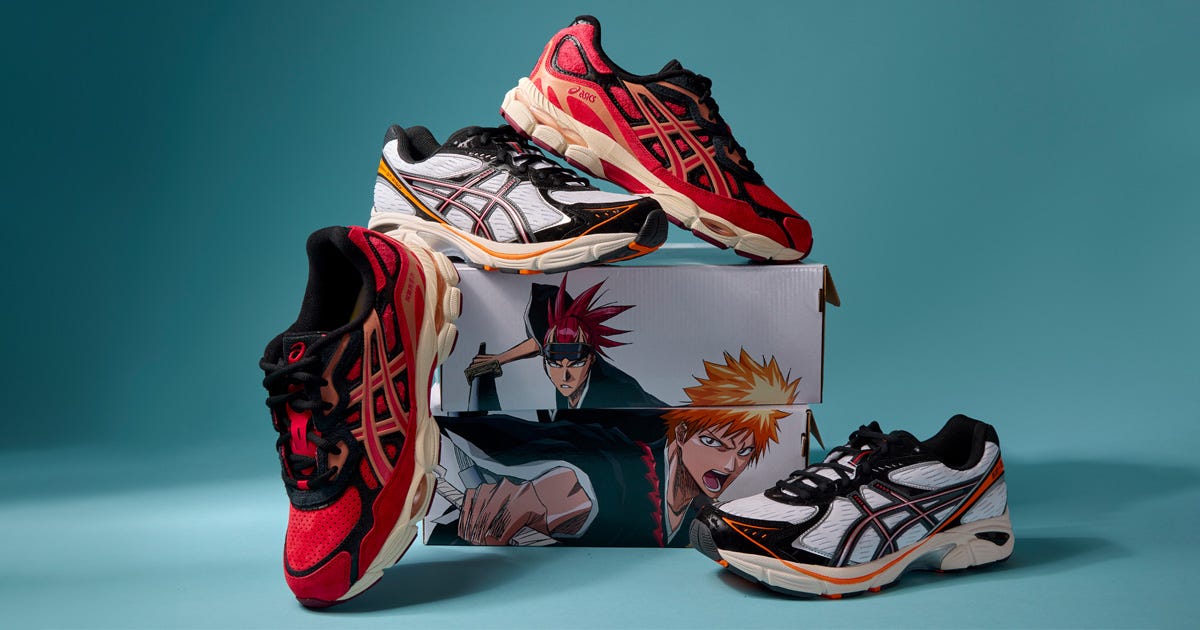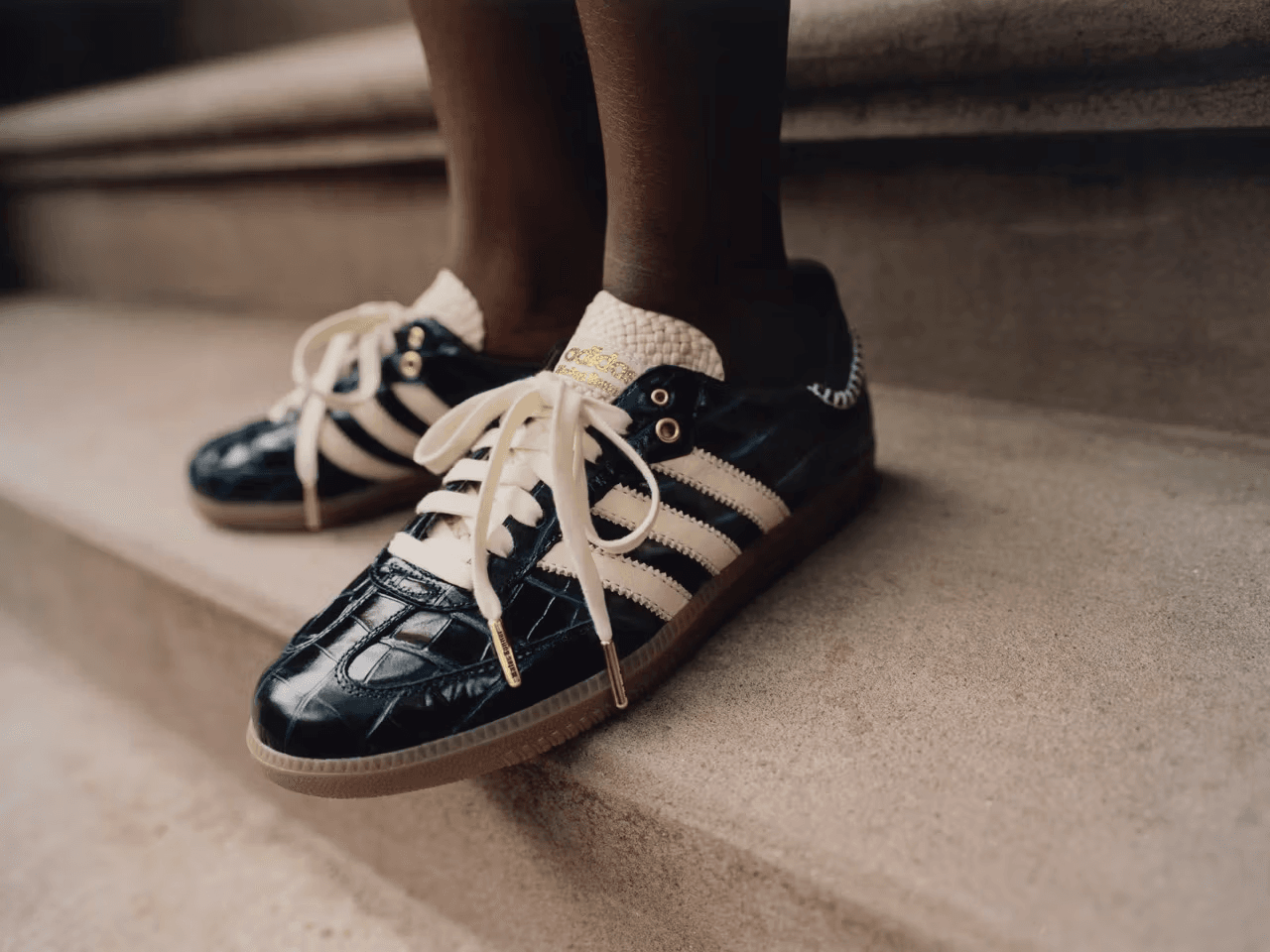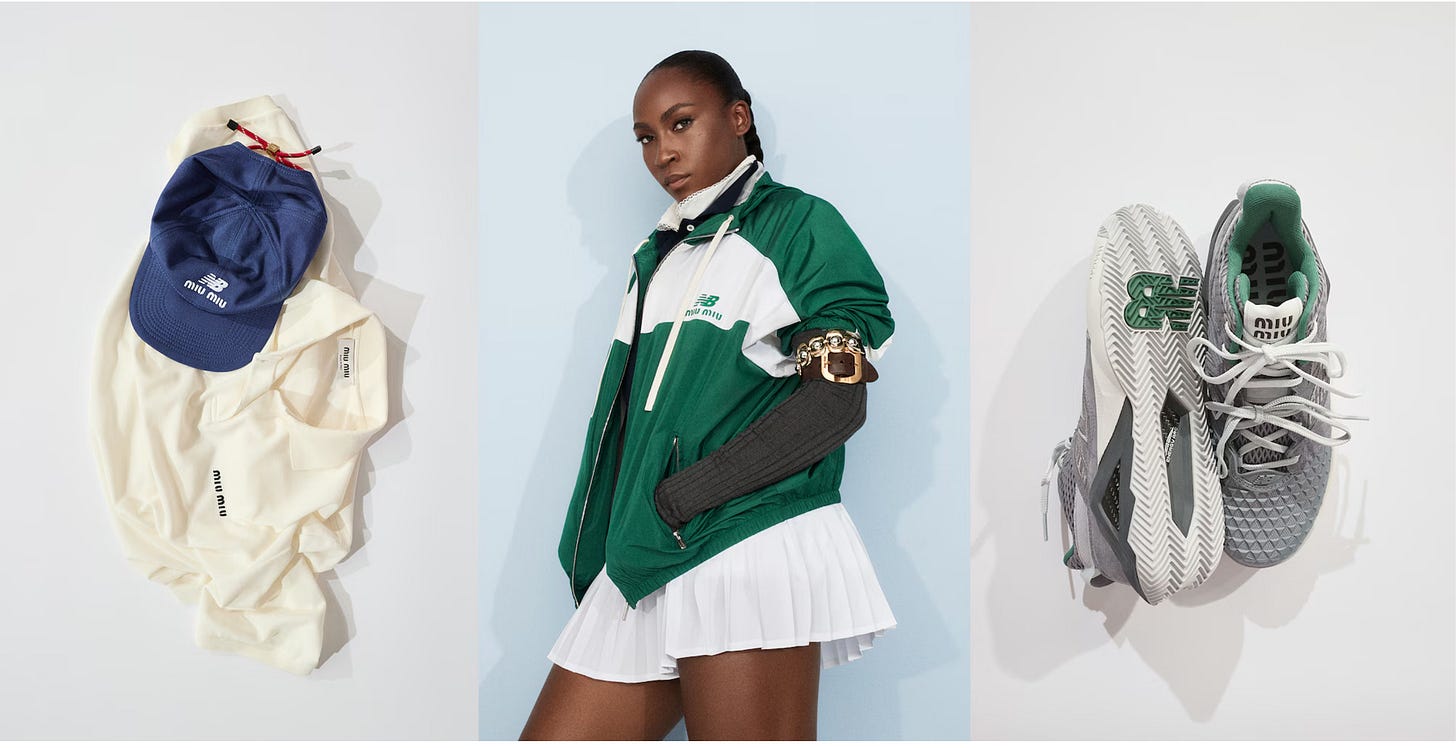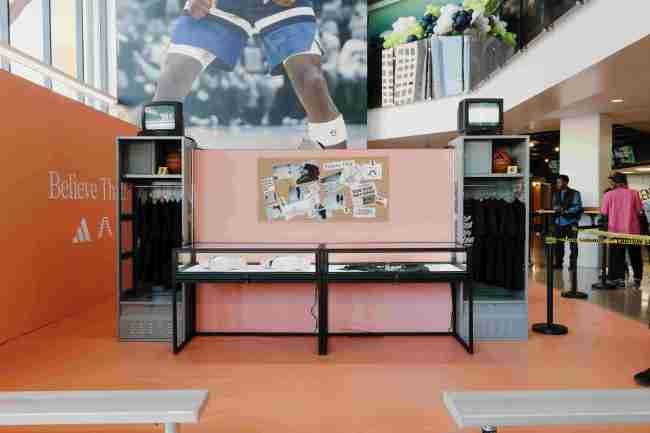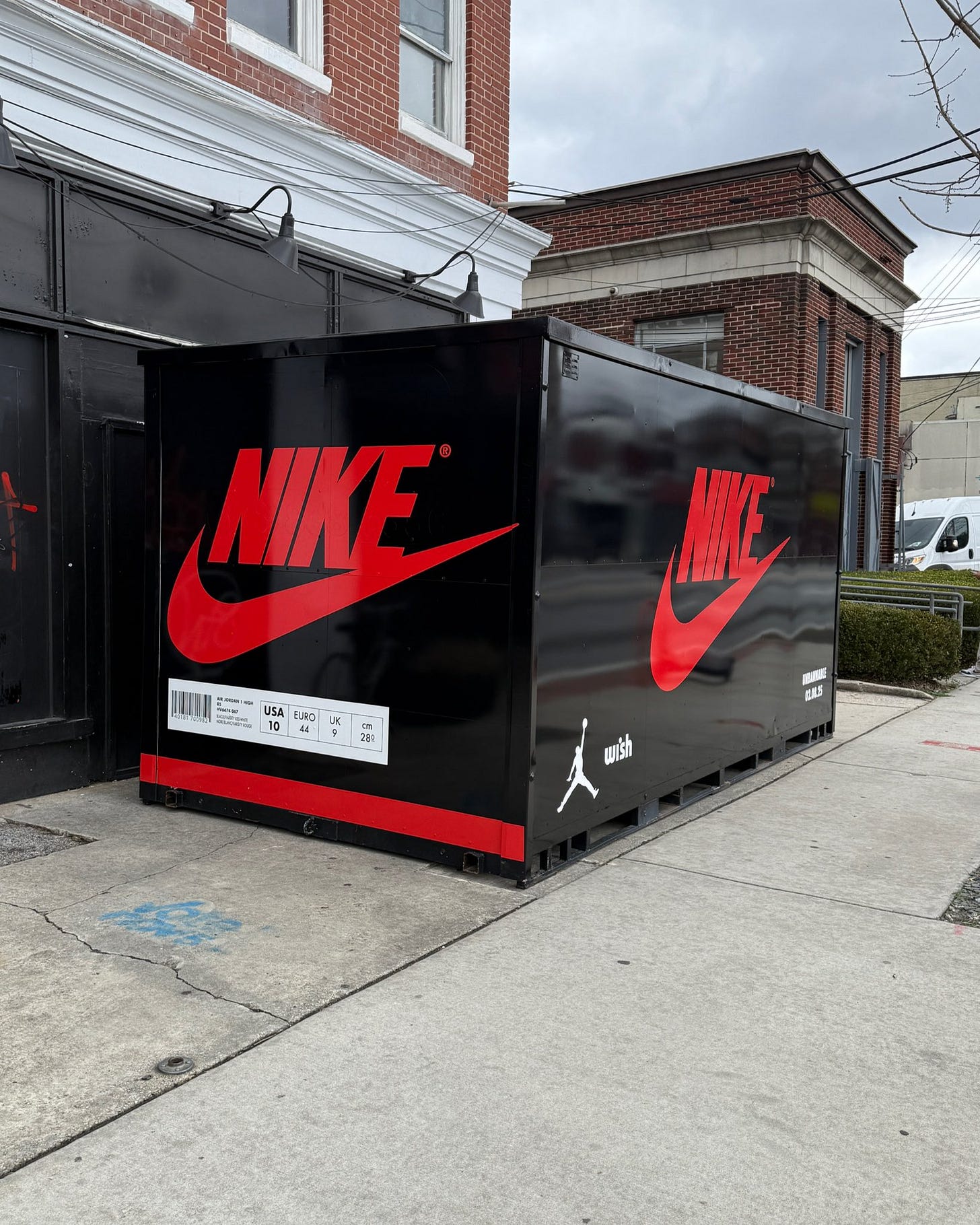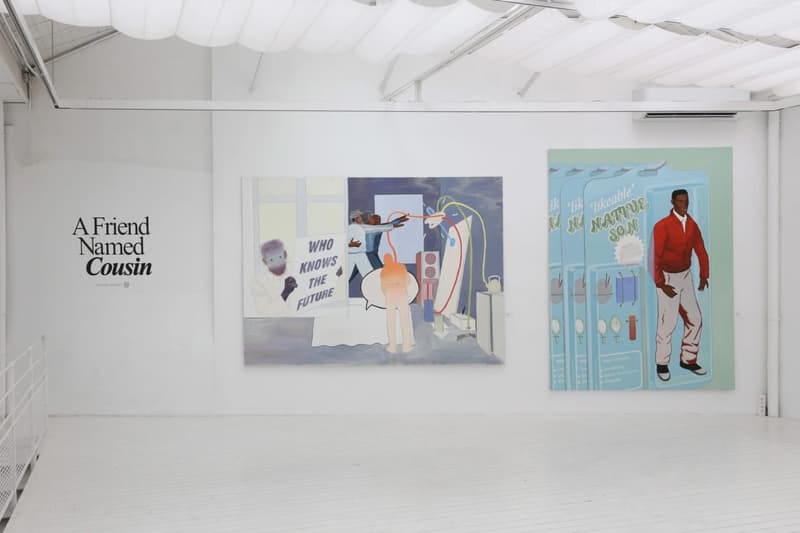The ultimate goal of marketing is to help sell a product.
To accomplish this, brands must be visible, trustworthy, and able to attract the attention of consumers, especially those looking to make a purchase.
It sounds simple, but those who do the work for a living will likely tell you it takes a lot of planning, research, coordination, etc., to make it happen.
Moreover, like many industries currently experiencing massive changes (whether because of AI or general market anxiety), the advertising/marketing industry isn’t immune. Therefore, how brands communicate with consumers should also align with these changes.
Lastly, consider the recent algorithmic shifts in social media.
Notice the lack of emphasis on follower content in favor of interest-driven feeds, which show whoever has the best content in general. Because of that, many marketing thought leaders, like Gary Vee, say the follower is dead. While you may disagree, the landscape suggests otherwise.
Even Mark Zuckerberg has expressed that social media is “over,” as recently released testimony from his FTC lawsuit revealed. Things are definitely changing.
Yet, despite these changes, one category where players have been extremely effective in genuinely reaching consumers is the sneaker category.
Like most brands, sneakers primarily relied on traditional TV Commercials to drive interest in their products, but that was before Mars Blackmon.
While many of today's brand stewards aspire to make something similar to those iconic commercials, the budgets aren’t what they used to be, and the youth isn’t watching TV like they used to—something had to change, and sneaker culture is paving the way.
In the process, they’ve provided a great blueprint that any brand can learn from, so let’s talk about it.
I. COMMUNITY CENTRIC STORYTELLING
Sneakerheads have been congregating online as early as the 90s via online forums like NikeTalk.
Since then, message boards have evolved into social media platforms, with the most vocal sneakerheads primarily active on X (formerly known as Twitter) and Instagram. Each site offers leaks about the latest drops, raffles, debates, and other content that is more frequently shared.
Adidas and New Balance recognized this fact earlier than most of their competitors. And while TV is still a powerful medium for promotion for each brand, social media has offered them a stronger and more direct line to consumers.
Why?
Properly engaging on those platforms means they’ve prioritized the sneaker community over the brand with work that assumes the audience is intelligent enough to understand that the brand wants their attention.
In a nutshell, they focused squarely on entertaining the community while they scrolled, and each major brand in the space approaches this storytelling differently.
A. ADIDAS
Adidas has excelled at responding in real-time to moments where AE electrifies the crowd. They do it in a way that allows them to craft a story that unfolds over time in the exact location with only a voiceover from Anthony Edwards.
The most recent vignette expanded the story's scope even further, with Ice-T from Law & Order: SVU analyzing a crime scene after AE “caught a body” on the court in real life.
B. New Balance
When New Balance began working with Joe Freshgoods and Salehe Bembury a few years ago, they released 1-2-minute vignettes that told the collection's story.
It’s become a standard for much of their cultural work that doesn’t make it to TV, but it has also been the launch point for their most recent work with Coco Gauff (directed by JFG).
Notice that the quality is high enough for these vignettes to flex as TV commercials in each instance. However, the brand still prioritizes social media as the primary channel because that’s where the community is.
C. NIKE
For stars like Jayson Tatum, Nike has been able to tap into the nostalgia of its Mars Blackmon work in a way that leverages its brand heritage with older consumers while bridging the gap with younger Sneakerheads by working with Vince Staples.
They’ve also shown that they’re not afraid to go big-budget for cultural moments, such as Luka Doncic's trade or UConn's championship win.
The work launched as social-first content in each instance, but they have enough flex to become much more.
II. THE RIGHT AMBASSADORS
For sports marketing, the tried-and-true method for cultural relevancy and sales has always been partnering with megastar athletes.
However, brands elevating their presence (and sales) in the sneaker space are now demonstrating a sharper approach to talent procurement, which has also helped them stand out in the crowded market.
A. NEW BALANCE HAS ICONS IN THE MAKING & UNDERDOGS
Building on the equity they’ve generated with Gen Z in the cultural realm via the “dad shoe” trend, NB signed Gen Z Athletes who have either flown below the radar or right on the brink of hitting the “superstar” level, like Coco Gauff, Cameron Brink, and Cooper Flag. These are the next generation of icons and a great pick-up for their brand.
Moreover, they have a solid NBA roster, including NBA champs like Kawhi Leonard and Jamal Murray, who are highly respected by hoop fans but often underrated.
Each figure above feels very in tune with their strategic positioning/creative platform of “We’ve Got Now,” as evidenced in their most recent TVC below, which features almost everyone mentioned above.
B. SAUCONY SHOWS AN EYE FOR THE FUTURE
While most major brands opt for “established” creators who can be justified on a balance sheet or to the C-suite, that doesn’t necessarily mean they’ll move the needle in real life.
Saucony demonstrates that they have an eye for creators who are truly pushing the culture forward, even if they may not be a household name just yet.
With their recent partnership with Jae Tips, they’ve re-entered cultural conversations around sneaker fashion, and they likely did so without incurring significant costs; it’s a win for them and for Jae, who gets a bigger platform to share his work. Brands should take note.
C. ASICS FOUND THE RIGHT NICHE
Anime is one of Gen Z’s biggest interests, and it’s one of the niches to which ASIC has attached its brand meaningfully.
Moves like this go a long way towards transforming their brand’s image with Gen Z, attracting a generation of sneaker buyers who may not be looking their way but want to rock clothes based on their favorite show (bonus points go to them because the licensing process was probably crazy).
III. HIGH-LOW FASHION COLLABS
Collabs are nothing new in marketing, but they often lack purpose and nuance.
However, sneaker brands have expanded their footprint, particularly through collaborations with high-fashion brands.
These partnerships help capture a different customer than their sports customers or even the culturally aware consumer who’s tapped in but also searching for a more premium version of the brand they love.
Typically, these collaborations use higher-quality materials and effects that cost more money, so they’re perfect for fashion enthusiasts and hype beasts alike. Those key details help set the brand up for success because it’s not just a logo slap; it’s an elevated offering of something consumers already love.
Here are just a few of the recurring collaborations that have been permeating the fashion world.
ADIDAS x WALES BONNER
Grace Wales Bonner is one of the most exciting new designers on the scene, and Adidas’ partnership with her brand “Wales Bonner” has been well-received across all aspects of Culture.
To date, many of these sneakers are only available on retail sites. As mentioned above, they often feature premium materials, such as crocodile leather, as seen in the photo below.
NEW BALANCE
The Boston crew has a roster of high-fashion collaborators, some of whom released collections as recently as a few weeks ago. This appears to be a space where they’re committed to staying for the long haul, and the list of releases is growing.
(To that effect, you can also include their Made In The UK sneakers in the mix of high fashion because they use more premium materials).
A. MIU MIU
In 2023, Miu Miu announced a partnership with NB that continues today. The collection featured reimagined 574s, brand ambassadors such as Coco Gauff, and PR in high-profile publications like Vogue.
B. LORO PIANA
You might have heard this brand name mentioned in a Drake song a few years back, and for good reason. Loro Piana is an upscale brand with which New Balance released a shoe just over a year ago. While there isn’t much information on future collaborations, the $1,500 990v6 they dropped was widely discussed in the sneaker space.
IV. EXPERIENTIAL MARKETING
A big part of the blueprint for brands excelling in the spaces is also built around the concept of worldbuilding—and it’s not just about adding new chapters to the story; rather, it’s about creating layers of depth that make the story feel more real.
ADIDAS: THE “MAN DOWN” INSTALLATION
Adidas recently opened an installation in one of its locations dedicated to Anthony Edward’s “Believe That” work. Building on the viral success of the “Man Down” chapter with Ice tee, the installation features artifacts that you’d find at a crime scene or a detective’s office (and, of course, there’s swag for people to purchase).
The Adidas Crew also had Ice T and his co-detective show up to a playoff game with “evidence” bags that contained AE 1 sneakers. These are likely the same shoes that Ant caught a body in.
V. RETAIL FOOTPRINT
A significant lesson for sneaker brands emerging from the COVID-19 pandemic was the importance of retail spaces.
Competitors who hadn’t adequately invested in those spaces or shifted their efforts to being solely online have since suffered. However, each big brand shows a renewed or continued commitment to maintaining a retail presence through owned locations or D2C partnerships with retailers like Foot Locker.
NIKE’S RETAIL STRATEGY
The New CEO, Elliott Hill, has been focusing on ensuring that retailers feel empowered and that Nike’s storytelling is top-tier. Evidence of both happened earlier this year, with some retailers gaining exclusive access to drops that could boost traffic to their locations.
Specifically, for the Air Jordan 1 release earlier this year, 23 stores nationwide were given pairs to sell or give away.
More to the point, select locations also had experiential components (like the ATL store “Wish” below), or they offered consumers “white glove treatment,” which included a driver to and from the store, a curated tour, and someone hand-presenting the winners with their Jordan 1s.
VI. GLOBAL PRESENCE
Lastly, let’s talk about global presence. Some of the brands mentioned above are ensuring their presence is felt globally in various ways. In this last example, we’ll talk about New Balance again, whose revenue has continuously jumped since 2023.
Their global footprint comes in several forms, including their Made in the U.K. stores and their Joe Freshgoods partnership, which included an appearance in Paris for Fashion Week and the JFG installation “A Friend Named Cousin.”
They’ve also signed international Gen Z icons in the making, like Shohei Ohtani, who has his collection.
It’s a shrewd approach to garnering respect in the sneaker world and impacting affinities with overseas consumers.
EPILOGUE
The sneaker world is an interesting place for so many reasons, and any brand looking to see what they can do to supercharge their marketing efforts should follow the wave started by the brands above.
While there are likely additional tactics at work that we are unaware of, the sneaker category has figured out for many brands seeking an approach to better connect with consumers.
The scary part is that it requires a change from the fundamentals. TV commercials take the backseat, and social media has become the new form of TV. I don’t think many brands are ready for that, but to them, I’d say… Consider what you’re leaving on the table.
I'm just saying that Blockbuster was once the only place for video rentals.
Think about it.
One.




